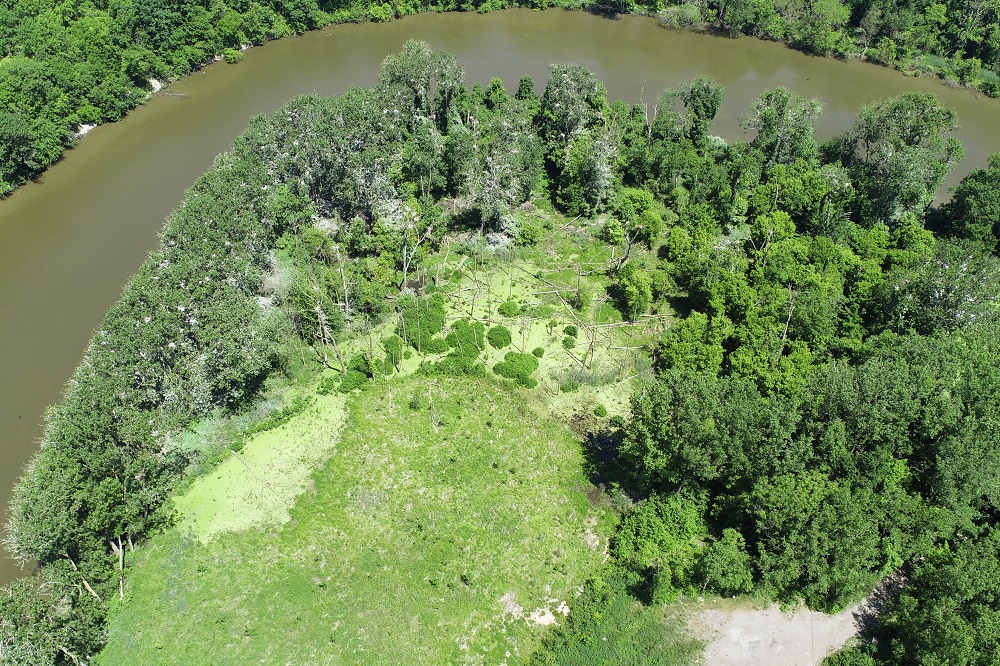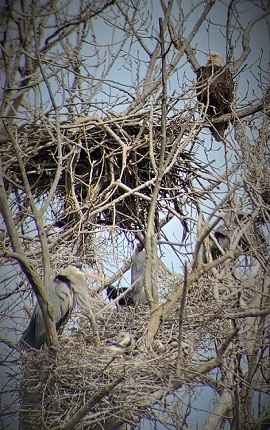Heron Rookery Nest Census and Monitoring



The City of Lorain property known as the Reclamation Site is home to one of the largest colonial waterbird nesting sites in the Great Lakes region. Located along the Black River lacustuary a mere three river miles from the confluence with Lake Erie, this rookery boasts nearly 200 great blue heron nests and serves as nesting habitat for Great Egrets, Bald Eagles, and Double-Crested Cormorants. Coldwater currently provides wildlife and biological assessment services to the City of Lorain by performing an annual nest census and vegetation monitoring to understand colonial waterbird abundance and their impacts on the vegetation community.
Coldwater assisted the City of Lorain in obtaining $34 million in funding to implement watershed scale remediation and restoration projects to address legacy pollution from steel making and other heavy industry with the goal of delisting the lower Black River as an Area of Concern (AOC). Protecting this important assemblage of colonial waterbirds has been the impetus for several projects totaling $1.6 million that were completed adjacent to, and within, the rookery.
On an annual interval, Coldwater coordinates with and assists the United States Department of Agriculture (USDA) and the Ohio Division of Wildlife to visually identify and log the nests encountered within the colony. Using USDA protocol, Coldwater performs detailed vegetation monitoring with a focus on understanding how high-density nesting affects the vegetation community and its ability to regenerate. Both sets of data will be used to inform future management decisions to ensure that this unique and beloved feature is self-sustaining for generations to come.
Wildlife Assessments
Monitoring
Biological Assessments
Planning